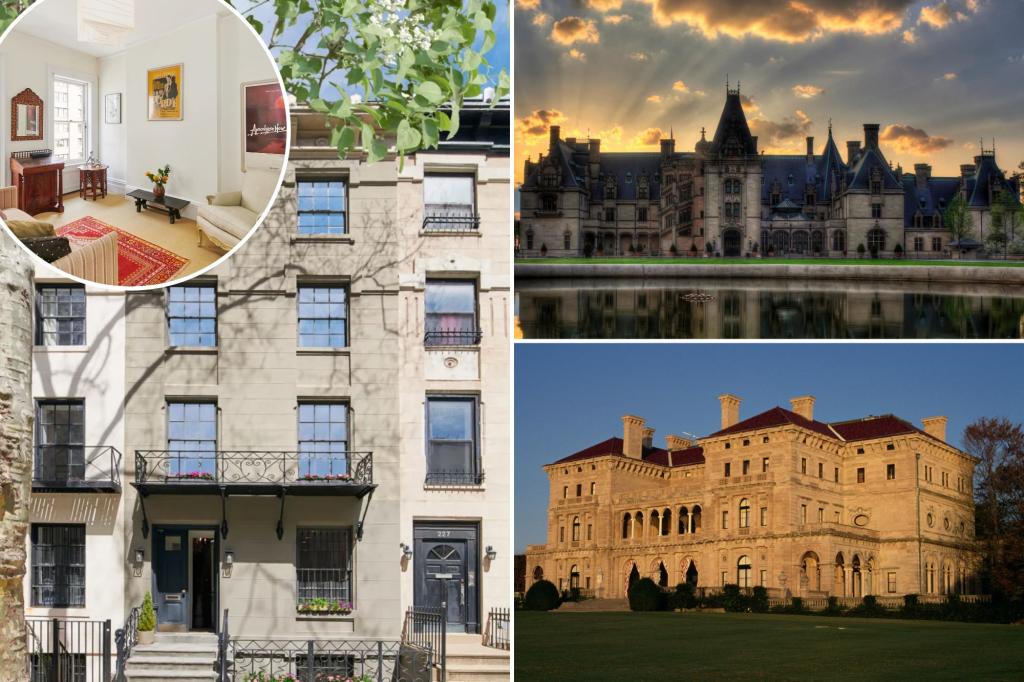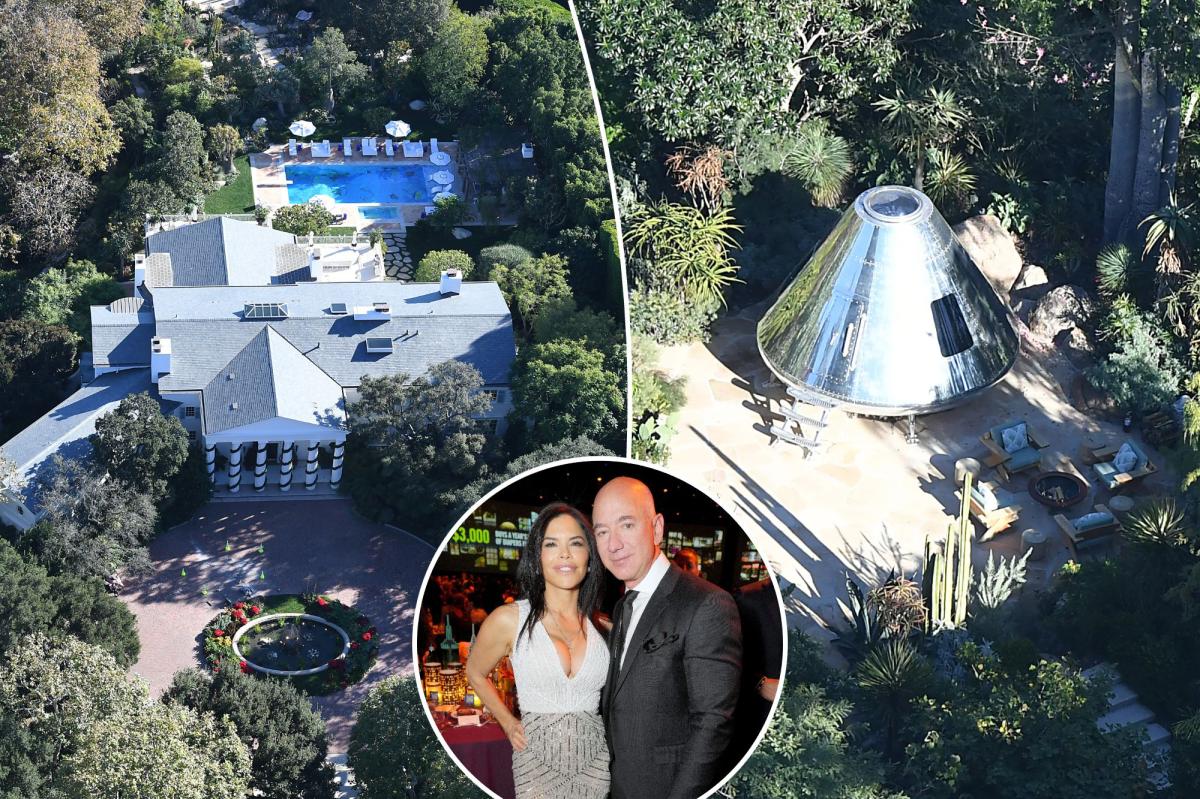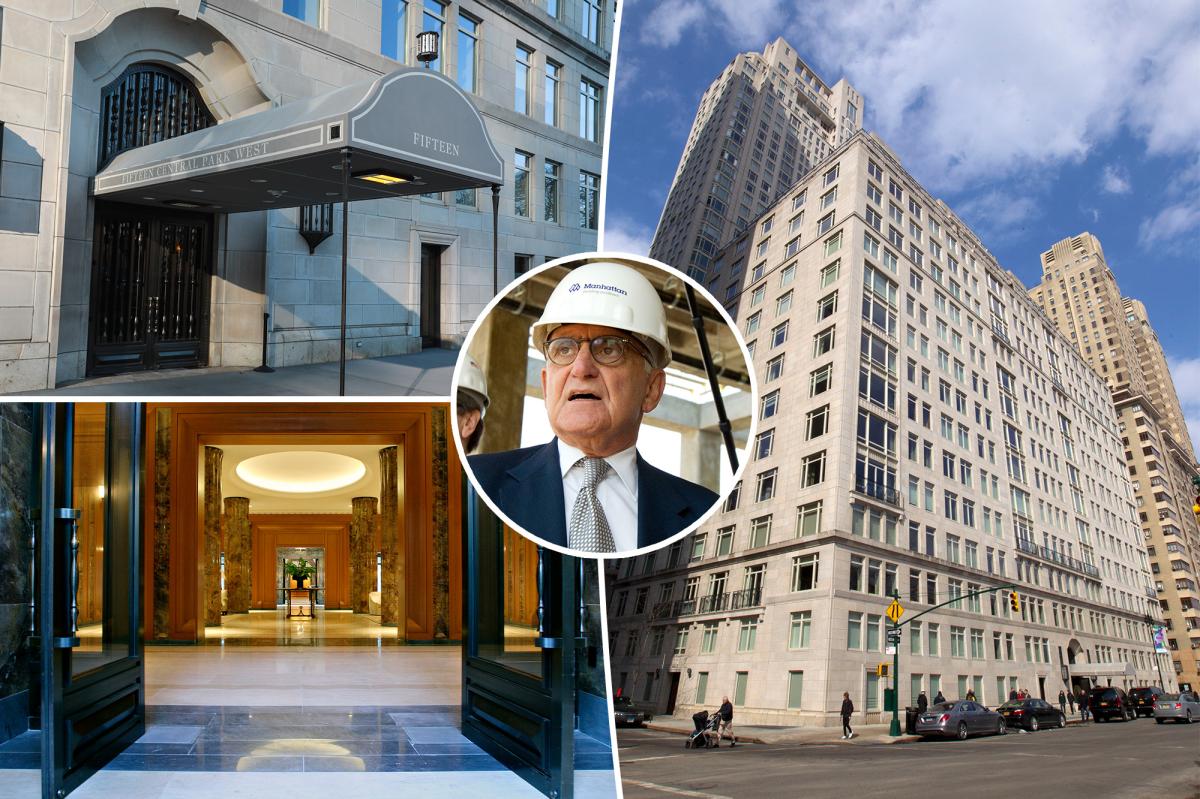2
25 E. 62nd St. is a four‑story, 2,850‑sq‑ft townhouse that has just entered the market for $5.49 million, the first time in a quarter‑century. Built in 1873, the residence is one of only four Manhattan townhouses designed by the Beaux‑Arts pioneer Richard Morris Hunt, who also created the Biltmore Estate, the Breakers, the Metropolitan Museum’s Fifth‑Avenue façade, and the pedestal of the Statue of Liberty. Hunt’s work was largely public or grand private homes; the few surviving townhouses are rare relics of his early career.
The townhouse sits within the Treadwell Farm Historic District, a quiet enclave of 75 homes that stretches between Second and Third Avenues. Its exterior showcases Hunt’s signature French Second Empire style: a preserved stoop, wrought‑iron railings, a Juliet balcony, and a façade that still exudes 19th‑century grandeur. The original stone and ironwork have been meticulously maintained, a testament to the care taken by the current owner since acquiring the property in 2001.
Inside, the home retains many original elements. Three marble fireplaces, a sweeping staircase with original balustrades and spindles, and the original layout give the space a historic feel that is still functional. The 2,850‑sq‑ft interior now contains four bedrooms, 3½ bathrooms, a library, a home office, and a finished English basement that opens onto its own street entrance. The basement also houses a large bedroom, a laundry room, and a full bath, making it a self‑contained living area.
The renovation, completed in 2002, blends modern comforts with period character. The double living room on the second floor spans the full depth of the house, featuring 10‑foot ceilings, Douglas‑fir floors, and oversized windows that flood the space with natural light. A hand‑carved marble mantel anchors the room, while discreet lighting allows for curated art displays. The chef’s kitchen on the parlor floor boasts solid maple cabinetry, a six‑burner commercial range, and a mosaic tile backsplash, flowing seamlessly into a dining area that opens onto a rear garden.
A standout feature is a standalone brick garden studio built in the 1930s, reminiscent of a carriage house. Equipped with skylights, radiant‑heated floors, and its own HVAC system, the studio offers a private space that can serve as an office, yoga studio, or meditation room. Above the house, a roof deck provides additional outdoor space, and the separate structure on the roof has been used as a home office, adding versatility to the property.
Hunt’s legacy extends beyond this townhouse. He designed the main entrance façade of the Metropolitan Museum of Art and the grand staircase inside, and he completed the Louvre after the death of its original architect. His work helped shape America’s cultural identity, and the 225 E. 62nd St. townhouse stands as a tangible reminder of that vision.
The listing, handled by Sotheby’s International Realty, is co‑led by Dianne Weston, Michele Llewelyn, and Helene Warrick. The seller, who has multiple overseas homes, is downsizing and relocating, making this historic townhouse available for the first time in a long time. The property’s rarity, historical significance, and modern updates make it a unique opportunity for a discerning buyer.















